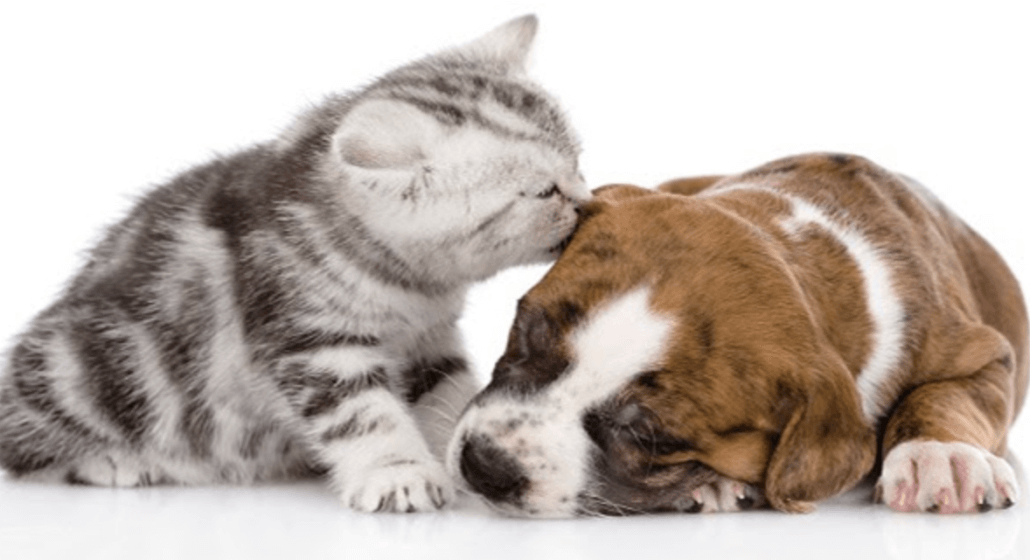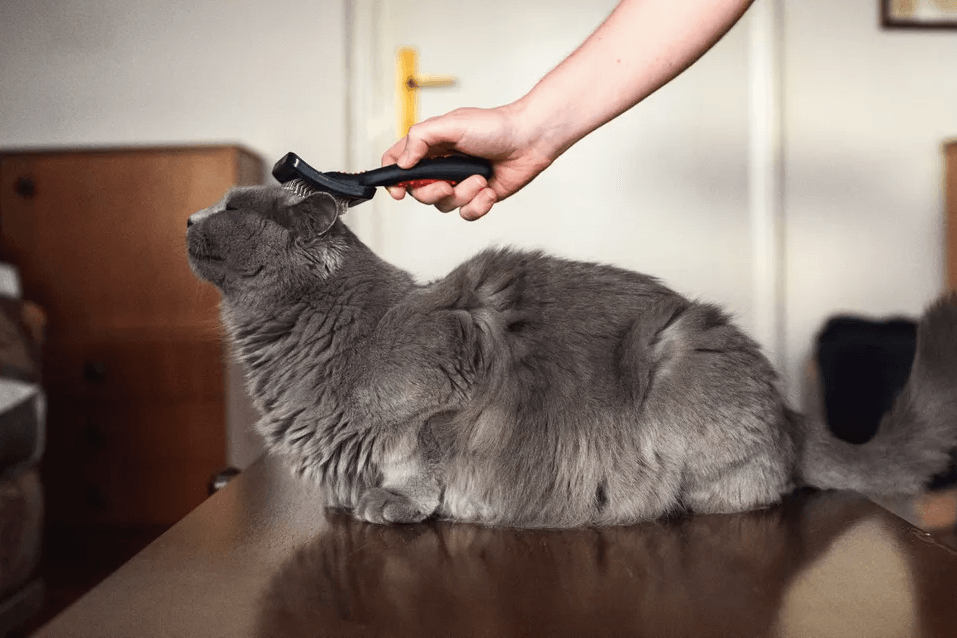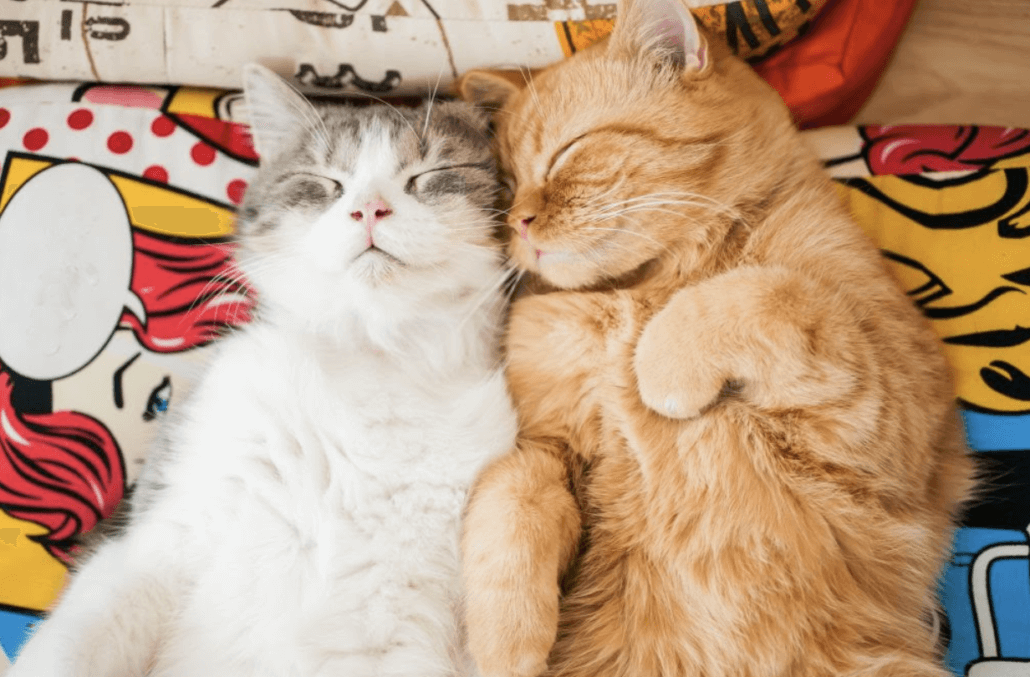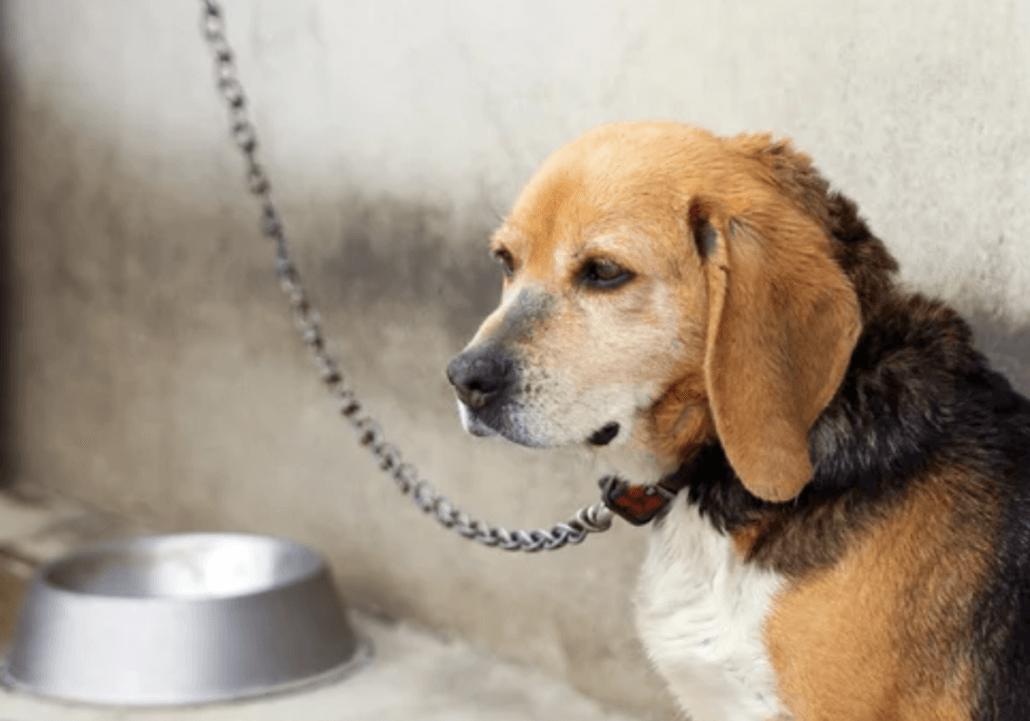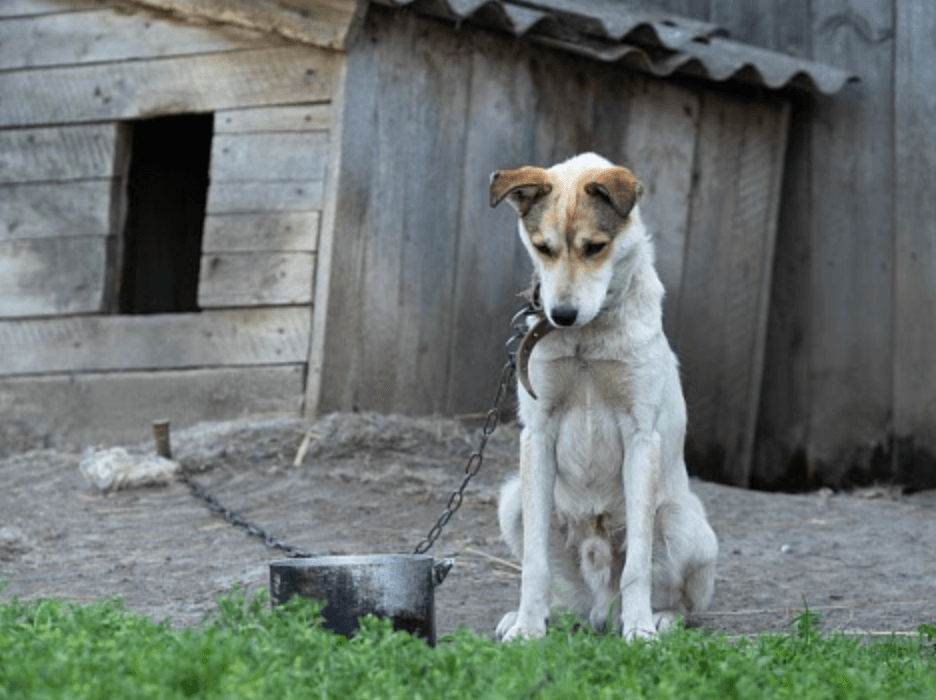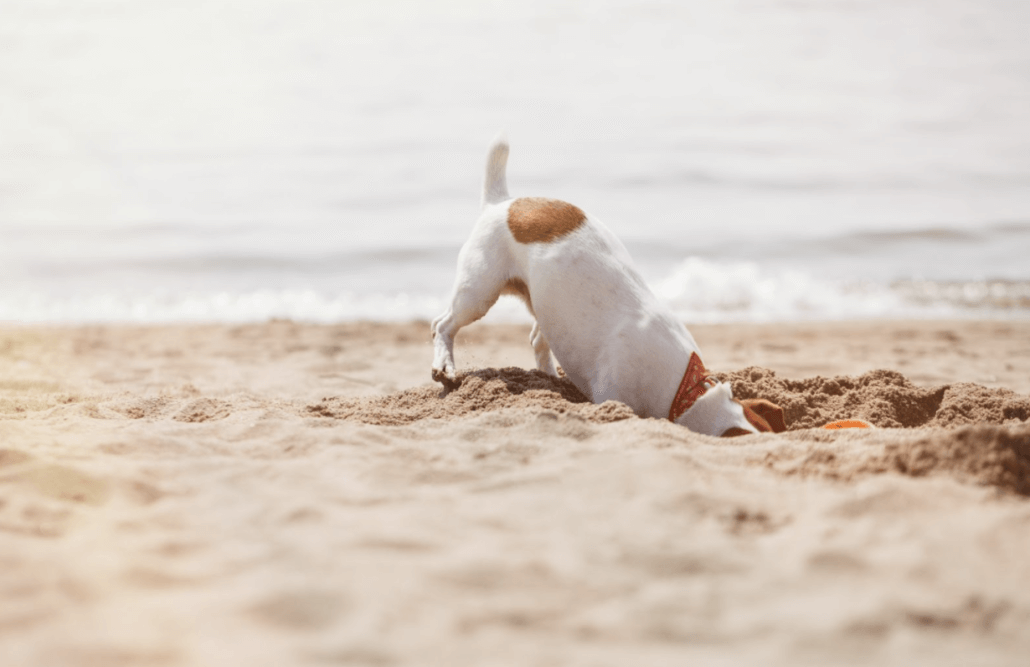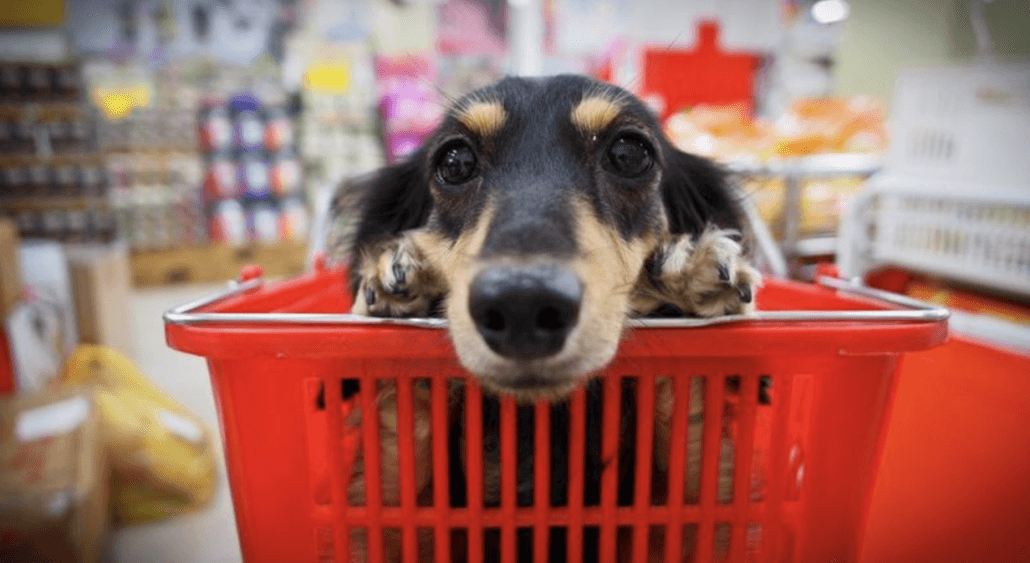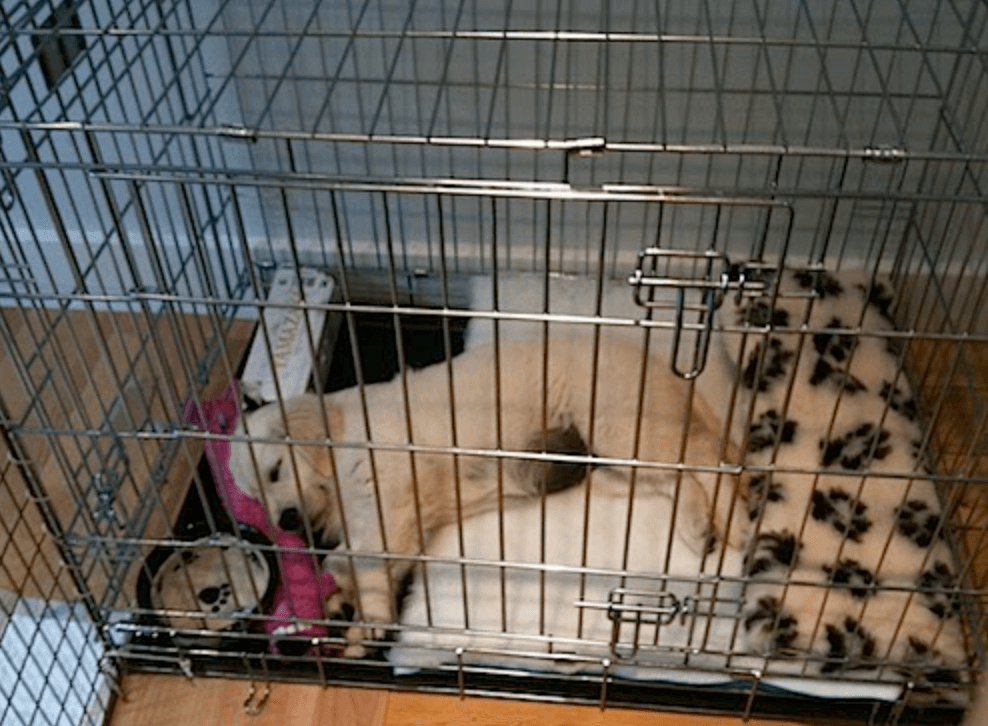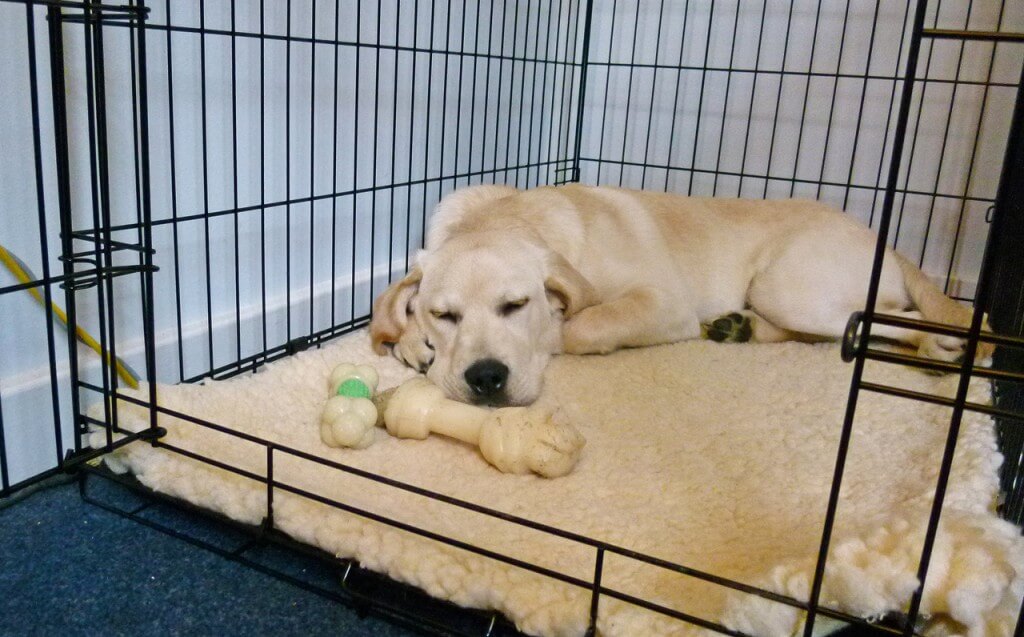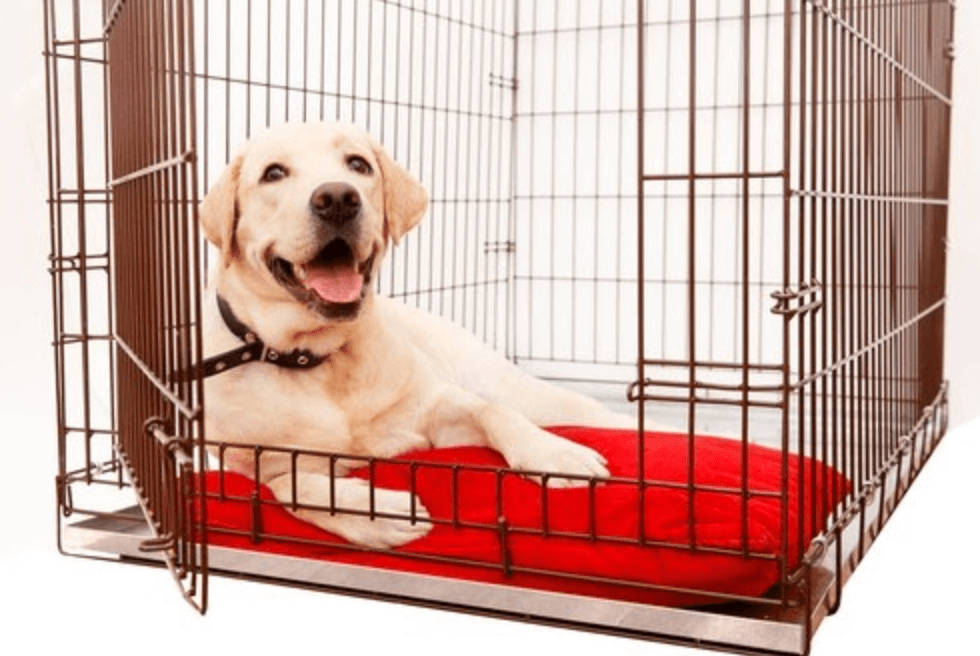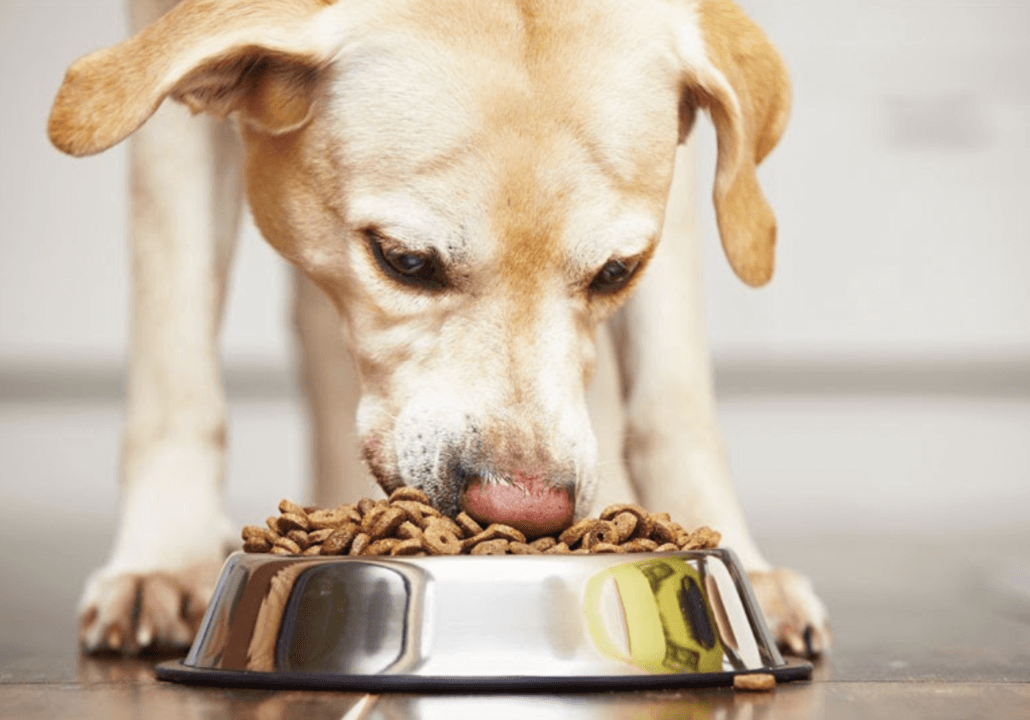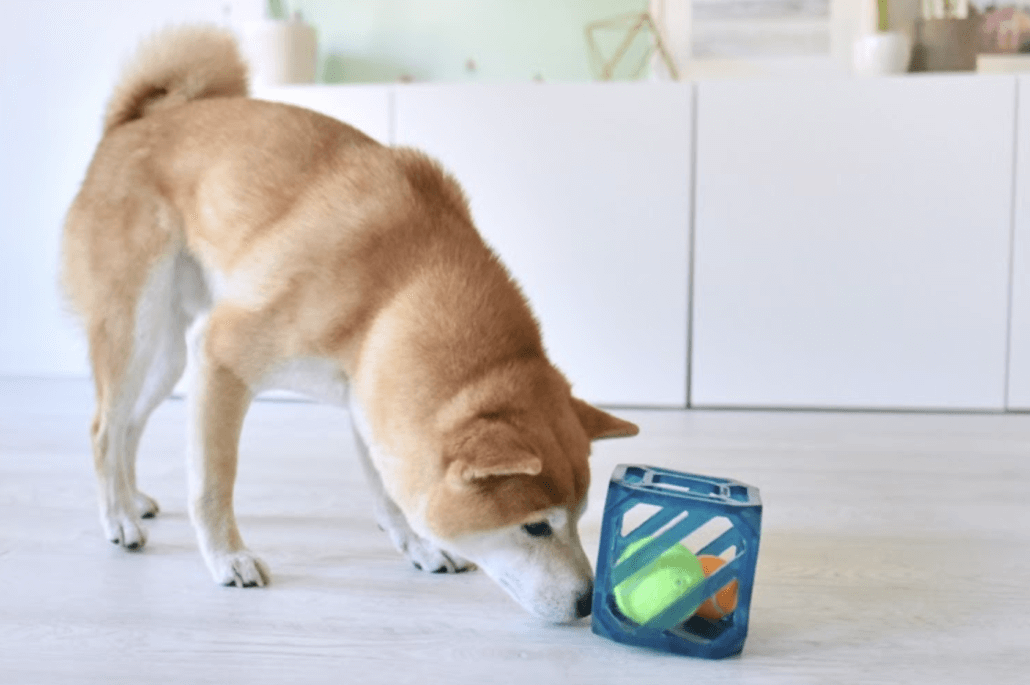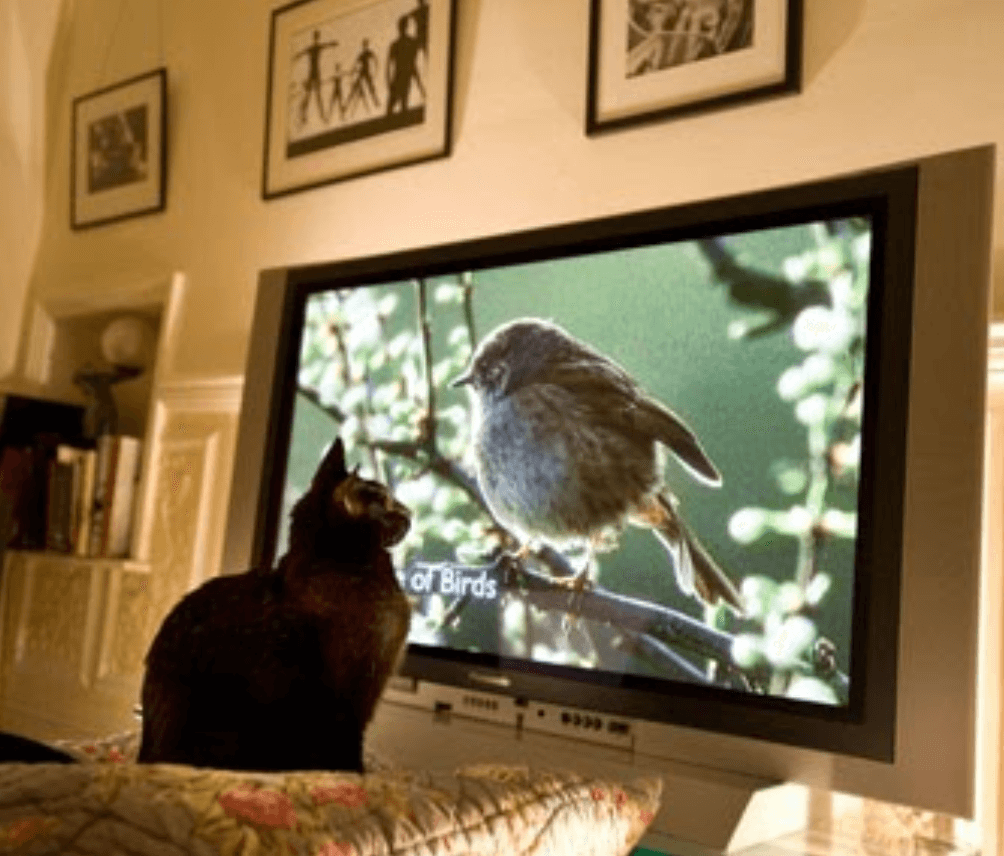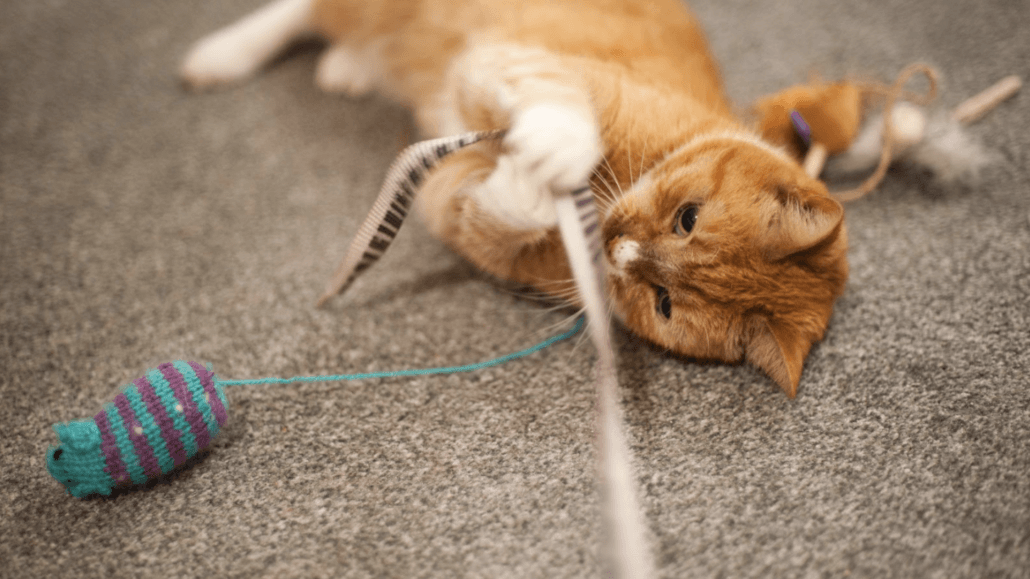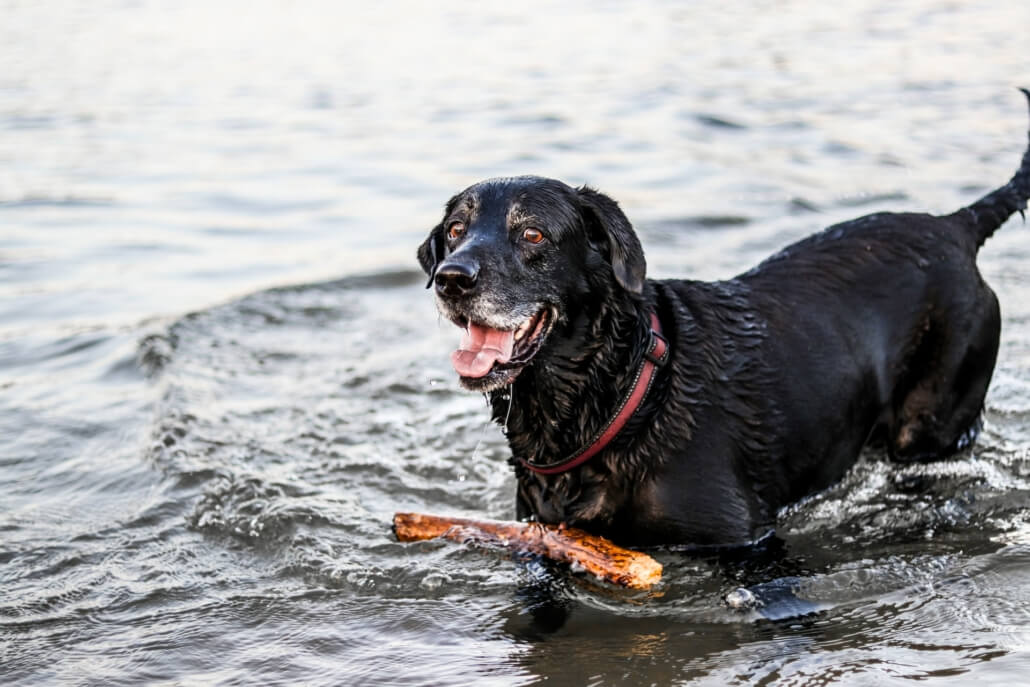Many people treat their pets like family–which is the only way that we at FoMA see them! However, unconditional love and affection alone are not enough to ensure their total health. We tend to overlook the fact that our pets, like us, have the capacity to become sick and can be at risk for a diverse range of illnesses and disorders. While most of your pet’s ailments will be treatable, there are many conditions that could become deadly if not treated properly or in time.
Taking them to the vet for annual check-ups, as well as monitoring their health from home, is just another way to show love to your pet.
Here are six different ways you can stay on-top of your pet’s health care to ensure they live the healthiest and happiest life possible.
Take Your Pet to the Vet at Least Once Per Year
Whether it’s for financial reasons, time-constraints, or even from the hassle of getting a fearful 70 lb dog inside the car or wrangling a stubborn cat into a carrier and on the way to a dreaded appointment, pet owners will sometimes postpone crucial veterinary visits. Routine vet checkups shouldn’t be scary. While it might seem like every trip to the vet takes a toll on your bank account, keeping on top of your pet’s basic veterinary needs will save you greatly in the long run. Just like humans, cats and dogs thrive and are at their healthiest when they are regularly seen by a medical professional, receive their shots and vaccinations, and are checked for common diseases. Most medical conditions your dog or cat can contract will only get worse, and more expensive, if left untreated.
Keep Your Eyes Open for Signs of Illness at Home
There are many ways your vet can determine if something is wrong with your pet’s health. However, often YOU will be the first one to notice that they are acting “off.” Signs such as loss of appetite, changes in personality, troubles with urination and defecation, or respiratory symptoms such as having trouble breathing can all be signs of an underlying health issue and should be taken seriously. Never ignore changes in your pet and trust your intuition: if you notice something isn’t right, you are probably onto something. Address it before it snowballs into a more serious condition by contacting your veterinarian and following their advice. Other signs from your pet such as bleeding, paralysis, seizing, or your pet expressing that they are in pain require immediate attention. Make sure that you have the phone number of a reputable 24/7 animal hospital at all times so that you know where to go in case of an emergency.

akcpetinsurance.com
Stay Up-To-Date on Your Pet’s Vaccinations
There are so many good reasons to vaccinate your pet. Despite this, according to a report from TIME, more than 35% of cats are not vaccinated, and about 25% of dogs.
Why vaccinate? For starters, it helps them build essential immunity against dangerous disease-causing organisms. There are core vaccinations that are mandated by law, like the rabies vaccine, and also others like the parvovirus or distemper vaccines that are essential for your pet to keep them healthy and you plan to have them socialize with other animals. Even if you plan to keep your dog or cat at home, you never know when or if they will escape and unwittingly encounter another animal. If your pet isn’t up-to-date on vaccinations, now is the time to do so–take them to the vet!
Always Choose to Spay or Neuter
An important duty you have as a pet owner is to make sure that you are not contributing to the nationwide issue of pet overpopulation. Spaying or neutering your pet is crucial and decreases the number of homeless pets by preventing accidental pregnancies in pets. It also greatly benefits your pet’s health and decreases the chances for illnesses in the future. A study by Banfield Pet Hospitals on a database of 2.2 million dogs and 460,000 cats concluded that neutered male dogs lived 18% longer and spayed female dogs lived 23% longer than dogs that were not fixed. Spayed female cats in the study lived 39% longer and neutered male cats lived 62% longer than those not fixed.
A good question to consider is when to spay or neuter your pet. The appropriate age for dogs is six to nine months, and for cats is as young as eight weeks old. Another great benefit to fixing your pet is that it is cost-effective. Having to take care of a litter of puppies or kittens might be adorable at first thought, but wait until you see the expenses pile up as you care for the accident puppies! You have exponentially increased the mouths you need to feed and it will be more financially demanding. . Say it with us: spay and neuter!
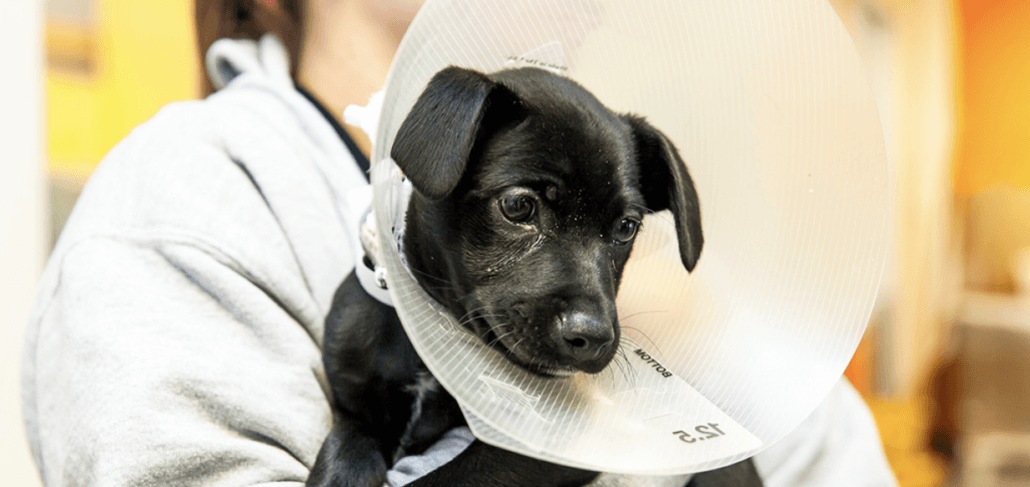
aspca.org
Keep Your Pet Well-Groomed
Grooming your pet can be fun and rewarding for both parties involved. And, believe it or not, grooming is also an important part of keeping your pet healthy. Pets should be groomed not only to stay clean, but also to eliminate bacteria that can build up on their skin, keep them free of itchy dead skin and fur, and prevent them from getting painful tangles, knots, and overly long nails. You can also use grooming as an opportunity to check your pet for fleas and ticks and look for other abnormalities on their body that might indicate an underlying issue. Things to look for include: new areas of discoloration on their skin, bumps, lumps, and places where your pet seems to be losing their hair. Taking your pet to the vet and asking them how to check for basic physical fitness, as well as establish the proper grooming frequency, can help you create the optimal grooming routine for your pet.
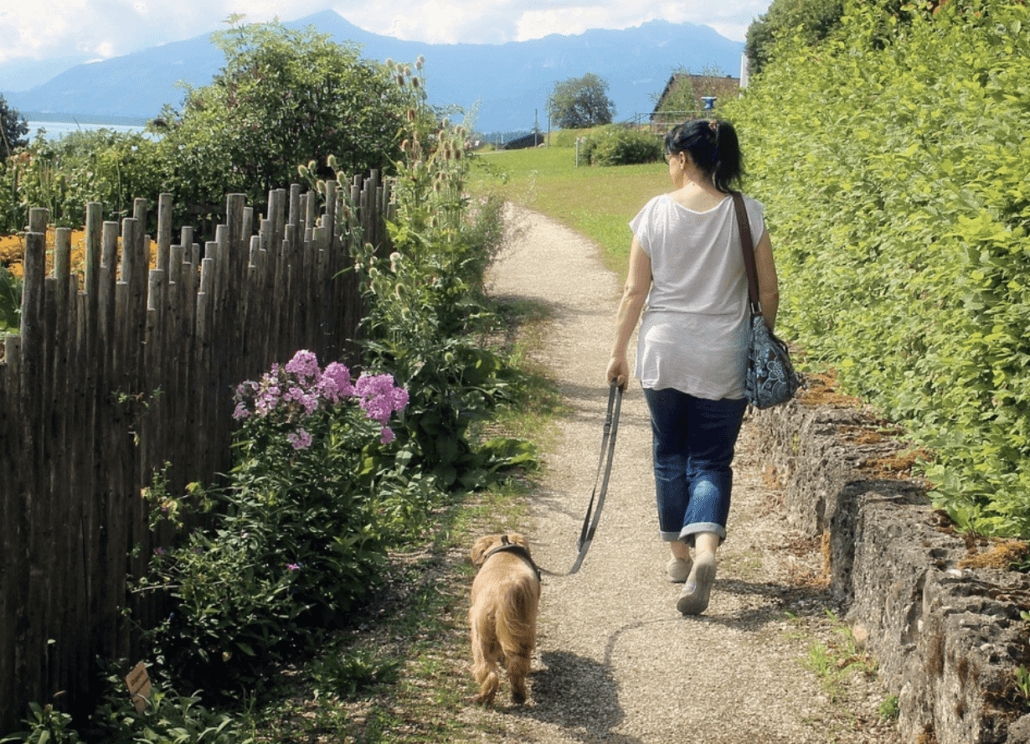
vetnutrition.tufts.edu
Feed Them Right and Get Them Moving
Ask any veterinarian: the fundamental building blocks of your pet’s health are their exercise and diet regimen. Making sure your pet gets the right food and exercise will also mean better health and less medical trips down the road. Pet obesity has become a major issue in the United States: The Association for Pet Obesity Prevention estimates that in the United States, veterinarians now classify more than 100 million dogs and cats as overweight or obese, up from 80 million five years ago. Not only will the proper nutrition and exercise help your pet keep off extra pounds, which can lead to medical conditions such as diabetes and aggravate joints and bones, just like humans, but your pets need essential vitamins and minerals to be at their best. If you’re not sure what food is the right one for your pet, do research online and talk to your veterinarian.
Does Medical Care for Your Pet Scare you? Think About Getting Pet Insurance
Last but not least, pet insurance is something that is becoming more popular and more affordable. This is definitely something you should consider if you want to save money in the long run on vet bills. Not sure if it is worth it? Consider how prepared you are to deal with an unexpected bill that could be upwards of thousands of dollars. Dive deep into the types of pet insurance that exist and if they cover the breed of your pet as certain breeds are more susceptible to certain diseases, so breed is always factored into the insurance price you end up paying.
In conclusion, make sure you have a plan in place to attend to these six key areas to ensure your pet has a long, happy, and healthy life. You’ll be glad you did.


